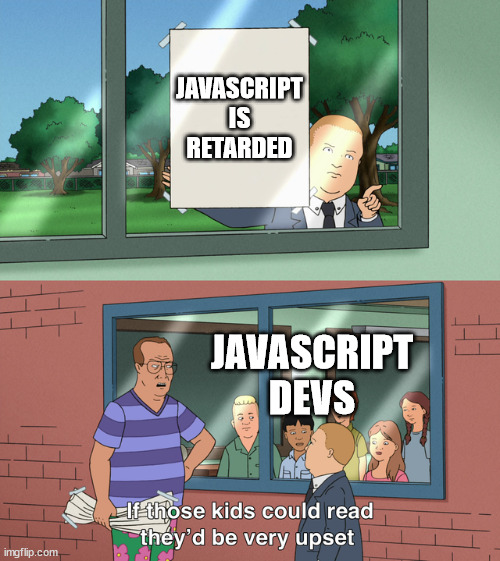This is the real answer.
There are still, in the year 2023, Cobal developers graduating and getting hired to work on software.
My alma mater’s website runs on PHP.
The investment to flip even a microservice from one language to another is REALLY high, and most companies won’t pay unless there’s a significant pain point. They might not greenfield new projects with it anymore - but it will still be around effectively forever.


You got downvoted for being sympathetic - and it also happens to be the right reason.
I prefer to use a Bluetooth earbud. But a lot of times even with the phone turned up and smooshed against my face - I just can’t hear. Especially in loud places.
I can, almost always hear my speaker - and I can have my hands free and interact with my phone too.
I don’t do this in public, mind. But I could see it being a hard habit to break.